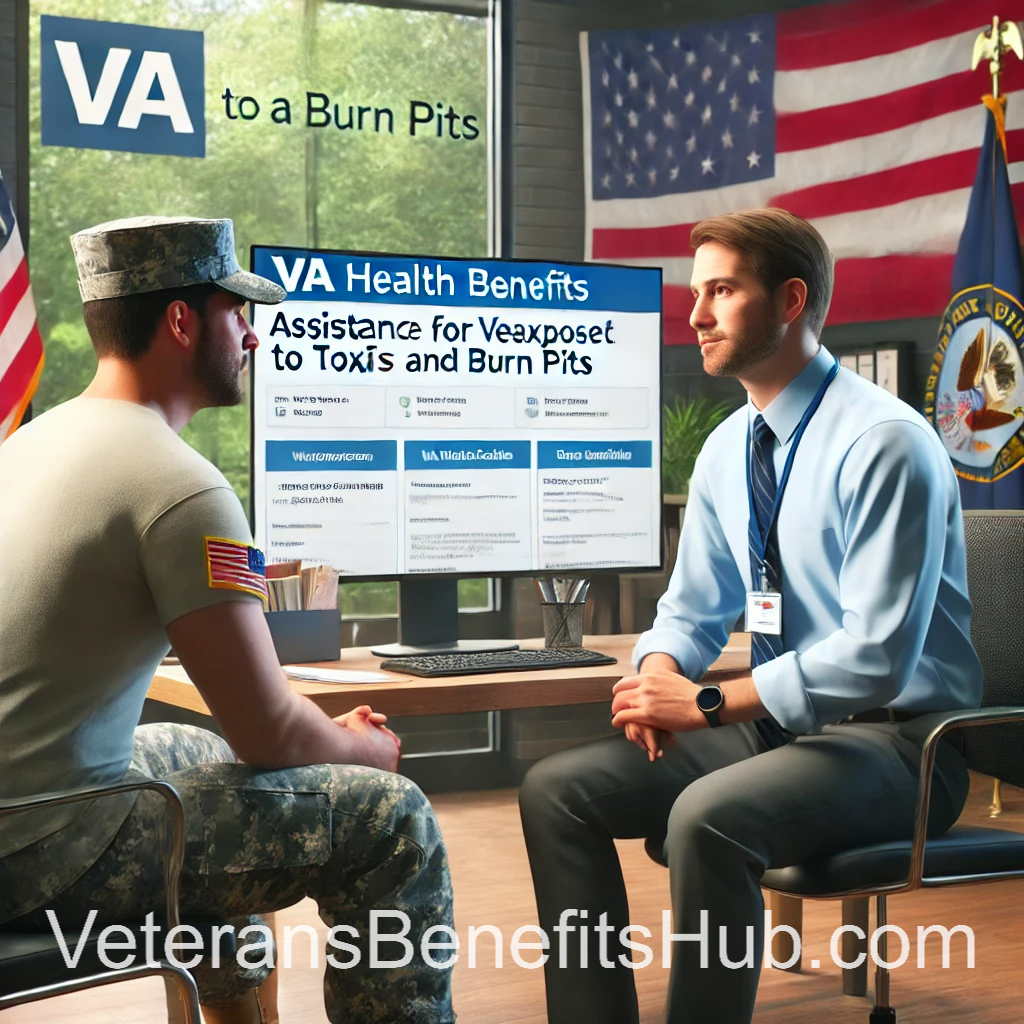Common Errors Veterans Make with VA Claims (and How to Avoid Them)

1. Not Filing a Fully Developed Claim (FDC)
When submitting a VA disability claim, veterans can choose between a Standard Claim and a Fully Developed Claim (FDC). While both types undergo the same review process, filing an FDC can potentially speed up the decision. An FDC includes all necessary evidence upfront, reducing the need for additional requests from the VA.
Key Components of a Fully Developed Claim:
- Current Diagnosis: A medical condition formally diagnosed by a healthcare provider.
- Current Symptoms: Evidence that the condition is actively affecting you.
- Nexus Letter: A medical statement linking the disability to military service.
- Disability Benefits Questionnaire (DBQ): A standardized VA form completed by a doctor to evaluate the severity of the condition.
Understanding 38 CFR (the legal framework governing VA claims) is essential. While veterans don’t need to memorize the entire code, knowing how the laws work will help in filing a strong claim. For instance, service connection can be established in different ways:
- Direct Service Connection: The disability originated during military service.
- Secondary Service Connection: A service-connected disability caused or worsened another condition.
- Presumptive Service Connection: Certain conditions are automatically linked to service based on exposure (e.g., Agent Orange, Gulf War Syndrome).
- 1151 Claim: Injuries resulting from VA medical treatment.
2. Using Outdated or Irrelevant Medical Evidence
Medical evidence plays a critical role in your claim. However, outdated records can harm your case. The VA generally considers medical records current if they are within the last 6–12 months. Anything older may not be given weight.
Best Practices for Medical Evidence:
- Obtain recent medical records.
- Ensure the records clearly outline your current symptoms and limitations.
- Use a private doctor to provide an updated DBQ and Nexus Letter.
- Avoid overloading your file with unnecessary or redundant documents.
Many veterans make the mistake of submitting excessive records, thinking it strengthens their case. In reality, less is more—as long as the essential components (diagnosis, symptoms, and Nexus) are clearly documented.
3. Failing to Challenge VA Examiners’ Opinions
The Compensation & Pension (C&P) exam is one of the most critical aspects of the VA claims process. If the examiner provides an unfavorable opinion, your claim could be denied or rated lower than expected. Remember, the VA examiner is just one medical opinion—you have the right to provide counter medical evidence.
Steps to Counter a Negative C&P Exam:
- Obtain an independent medical opinion from your own doctor.
- Ensure your private doctor uses a DBQ and includes a clear Nexus statement.
- Request a Higher-Level Review (HLR) if the claim is denied.
- File a Supplemental Claim with new medical evidence.
The battle is between doctors, not between you and the VA. When conflicting medical opinions exist, the VA must consider both. This can often lead to a more favorable outcome upon appeal.
4. Blindly Trusting VSOs or Lawyers Without Double-Checking Their Work
While Veterans Service Officers (VSOs) and attorneys can be helpful, they are human and make mistakes. Some veterans assume their VSO will handle everything correctly, only to find out that their claim was filed incorrectly or missing key details.
How to Ensure Accuracy:
- Review everything before submitting it.
- Ensure all personal details (name, Social Security number, etc.) are correct.
- Verify that all documents are signed and dated, including DBQs and Nexus Letters.
- If hiring an attorney, ensure they specialize in VA disability claims and have a strong track record.
Some VSOs do great work, but they get paid whether you win or lose—meaning they may not always be as invested in your case as you are. Taking ownership of your claim ensures that no small errors derail your benefits.
5. Not Understanding VA Disability Ratings & Pyramiding Rules
Many veterans waste time filing claims that will not increase their overall compensation due to pyramiding restrictions. Pyramiding occurs when a veteran tries to receive multiple ratings for the same disability, which the VA does not allow.
For example:
- If you are already rated for a shoulder condition, filing another claim for the same issue is likely pointless.
- If you’re rated 80% overall, adding a new disability rated at 10% may not increase your total rating (due to VA’s combined ratings formula).
Maximizing Your VA Rating:
- Focus on conditions that will increase your rating significantly.
- Look at secondary conditions related to existing disabilities.
- Use a VA disability calculator to predict how new ratings will impact your total percentage.
- Request a copy of your VA claims file to see what evidence is already in your records.
Final Thoughts
The VA claims process can be complex, but with proper preparation and persistence, you can maximize your benefits.
Key Takeaways:





Filing a VA claim is not a race—it’s about getting it right so you receive the compensation you deserve. Take control of your claim, stay persistent, and advocate for yourself!
Disclaimer: This article is an opinion-based guide to common errors veterans make when filing VA disability claims. While it provides useful insights, it should not be taken as legal or professional advice. Always consult with an accredited VA representative, medical professional, or attorney when handling your VA claims.








